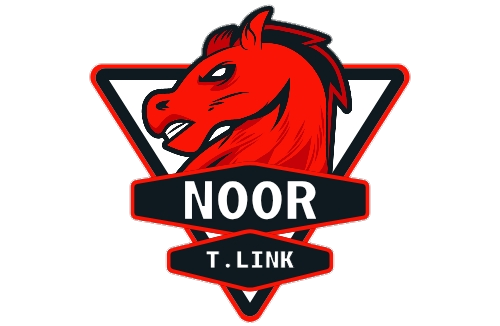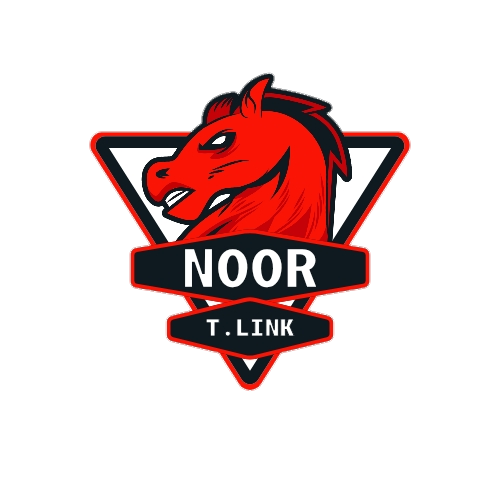Polygon Labs and the Polygon Foundation have introduced the Agglayer Breakout Program, a strategic initiative designed to accelerate the growth of high-value blockchain projects within the Agglayer ecosystem. The move aims to enhance the network effects of Agglayer—a cross-chain settlement layer first launched in early 2024 and updated to version 0.2 in early 2025.
According to information shared by the team, the Agglayer Breakout Program has been positioned as a hybrid between a community funding initiative and a startup incubator, focused on supporting projects that bring substantial activity to both Agglayer and Polygon’s proof-of-stake (PoS) sidechain. The overarching objective is to create a connected ecosystem of independent yet interoperable chains that benefit from shared liquidity and a unified user base.
A Structured Path to Ecosystem Integration
The Breakout Program follows a four-phase progression model. Projects begin with incubation and development, followed by gaining independence and scaling operations. As they grow, they are expected to give back to the ecosystem through mechanisms such as airdrops, and finally, contribute to network effects by launching connected chains on Agglayer.
Throughout these phases, participating projects benefit from strategic backing by the Polygon Labs team, which includes access to essential funding, technical resources, and mentorship. The Polygon Foundation also offers its expertise and helps facilitate integration with broader ecosystem partners.
The program is structured to ensure that projects remain anchored within the Agglayer environment, even as they operate independently. This continuous integration helps reinforce the network effects by adding new chains and assets, which in turn is expected to increase revenue potential and enhance the overall value proposition for POL token holders.
Incentives for POL Stakers and Token Distribution
Graduates of the program are required to allocate between 5% and 15% of their native token supply to POL stakers via airdrops. These airdrops not only reward existing stakeholders but also provide them with the opportunity to participate in the governance or utility of the newly launched chains through further staking.
POL Value Accrual #2
Introducing the Agglayer Breakout Program–built to incubate aggregated chains, bootstrapping network effects on Agglayer while driving value to POL stakers via airdrops 🪂
The first cohort:
• @PrivadoID
• @0xPolygonMiden
• [redacted] pic.twitter.com/08Y3XklBTo— Polygon ※ (@0xPolygon) April 24, 2025
Several projects have already completed the program or are in the final stages of graduation. Among them, Privado ID—previously known as Polygon ID—has emerged as a standout. The project has gained attention from major financial institutions such as HSBC and Deutsche Bank and was also selected for the EU Blockchain Sandbox. Privado ID has announced a plan to airdrop around 5% of its token supply to POL stakers.
If you read this far, congratulations– you found the alpha.
The first snapshot for eligibility hits next week.
Here’s where you can stake your POL and help secure the network: https://t.co/uc0Qkhn5JY
— Polygon ※ (@0xPolygon) April 24, 2025
Another project, Miden, which focuses on zero-knowledge technology, is preparing for its graduation and is expected to airdrop approximately 10% of its tokens. Additionally, a DeFi-centric chain operating in stealth mode plans to distribute roughly 15% of its token supply to POL holders, according to program updates.
Expanding the Ecosystem Through Innovation
Polygon Labs has also indicated that other breakout candidates include a high-potential DePIN project, a prover network, and several other performance-driven chains. These additions are expected to further diversify and enhance the Agglayer environment.
The Polygon Foundation may receive token allocations from these projects, which could be used to bolster the ecosystem through community incentives, growth campaigns, or additional airdrops.
By launching the Agglayer Breakout Program, Polygon appears to be setting the stage for a new phase of blockchain innovation—one that promotes scalable growth, interconnected ecosystems, and a model where community engagement directly fuels network value.



